In fact, the biggest challenge in attracting investment in recent times comes from the lack of consistency between regulations. For example, with the Investment Law, although it was issued with the aim of creating a legal corridor to encourage investment, this law is deeply intervening in areas that already have their own specialized laws. This overlap leads to common legal conflicts, causing difficulties for both investors and management agencies.
A typical example is the process of implementing an investment project to build an industrial park. According to the Investment Law, the project needs to be approved by the Provincial People's Committee. However, the Construction Law requires licensing based on approved planning and design; while the Environmental Protection Law requires information from detailed planning to prepare an environmental impact assessment report - something that is not possible without approval of the investment policy. This vicious cycle makes the process take many years, easily leading to the "ask - give" mechanism to shorten the time.
 |
| People and businesses come to resolve administrative procedures at the Provincial Public Administration Service Center. |
According to a construction contractor in the province, the most common problems facing investment projects today are administrative procedures and site clearance. The theoretical time to resolve administrative procedures for land-using projects is 310 days, but in reality, there are projects where site clearance takes up to ten years. Not to mention, real estate laws are also complicated and inconsistent with about 15 related laws. The investment incentive mechanism is not designed to be automatic and transparent, but largely depends on the approval of competent authorities. In a modern market economy , the job of enterprises is to comply with the law and compete fairly, not to "beg for investment".
According to the Department of Finance, in the past, the settlement of investment procedures in the province has also encountered difficulties. Some departments and branches, when participating in the appraisal of investment policies, did not ensure the required content, only provided information without evaluation and comments, causing difficulties in synthesizing reports and not ensuring the provisions of the Investment Law. Moreover, there are overlapping regulations with industrial cluster infrastructure projects. For example, Decree No. 32/2024/ND-CP on the management of industrial clusters does not require investment policies upon establishment, but the Investment Law 2020 and Decree No. 31/2021/ND-CP require it if there is land allocation or lease. This causes legal problems in the implementation of industrial cluster infrastructure projects. Or, in the case of choosing the form of land acquisition for public projects, Decree No. 151/2025/ND-CP (effective from July 1, 2025) decentralizes the provincial People's Committee to decide on land allocation and land lease without auction or bidding for public projects. However, the distinction between which projects are subject to bidding (no need for investment policy) and which are not subject to bidding (require investment policy) is still unclear.
Calling for investment is not just about “bringing investors to the province to sign contracts and that’s it”, but also about considering investors as strategic customers who need to be taken care of and have their difficulties resolved. Consider businesses and investors as customers and resolve their difficulties.” Permanent Vice President of Dak Lak Province Young Entrepreneurs Association Tran Thieu Nha |
In addition, Decision No. 43/2022/QD-UBND of Dak Lak Provincial People's Committee on procedures and responsibilities for coordinating the settlement of investment procedures and management of land use projects is no longer suitable due to many new legal documents and the arrangement of administrative units.
Recognizing these bottlenecks, on March 26, 2025, the Government issued Resolution No. 66/NQ-CP with the goal of: abolishing at least 30% of unnecessary business conditions; reducing at least 30% of the time to handle administrative procedures; cutting 30% of the cost of complying with administrative procedures for businesses. Many experts have also suggested that if the Investment Law is abolished, the estimated efficiency could be to cut 15-20% of project implementation time (thanks to the elimination of investment policy procedures), reduce 5-7% of sub-license procedures, and cut 5-10% of administrative burden for foreign investors. In total, this could help achieve 20-25% of the administrative procedure reduction target of Resolution No. 66. Economic experts also believe that, in a modern legal system, investment does not need to be "permitted" by a separate law but only needs a clear, transparent and unified legal system.
 |
| A business operating in Tan Lap ward. |
Demonstrating efforts in cutting administrative procedures and improving the investment environment, the Government has recently established a Steering Committee to review and resolve problems in the system of legal documents. The Ministry of Finance is also consulting on amending the Land Law, Housing Law, Real Estate Business Law and proposing to develop a draft Law amending 4 other laws (Planning, Investment, PPP, Bidding) to decentralize authority, creating more favorable conditions for localities and key projects.
To remove obstacles in investment procedures in Dak Lak province, Deputy Director of the Department of Finance Huynh Gia Hoang said that the Department is implementing many solutions, including strengthening the settlement of investment procedures in accordance with regulations, closely monitoring the progress of projects, especially key projects, promptly removing difficulties so that projects can soon come into operation. The unit also advised the Provincial People's Committee to issue new regulations on procedures and responsibilities for coordinating the settlement of investment procedures and management of investment projects using land, replacing the outdated Decision No. 43/2022/QD-UBND. At the same time, coordinate in drafting new regulations in accordance with the two-level local government model and the province's reality. The Department also advised the Provincial People's Committee on procedures for adjusting the Provincial Planning and the Provincial Planning Implementation Plan (after receiving instructions from the Central Government), as a basis for removing difficulties for renewable energy projects - a potential and strong field of the province.
These efforts demonstrate the strong determination of the Government as well as the province in administrative reform, creating a transparent, competitive and trustworthy investment environment. This is an important premise for the province to make a breakthrough, maximize its potential, and contribute to realizing the country's common development aspirations.
Source: https://baodaklak.vn/kinh-te/202508/kien-tao-moi-truong-dau-tu-minh-bach-40510d1/


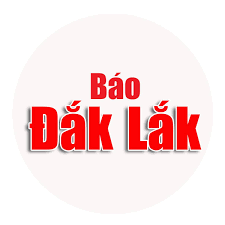


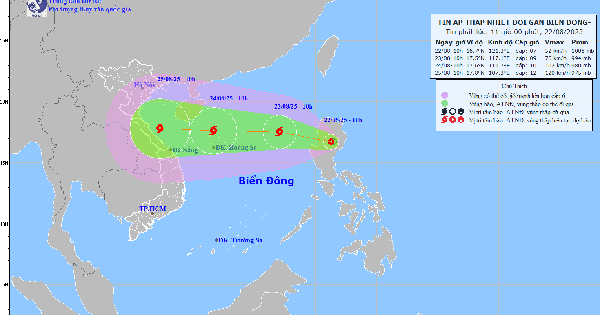
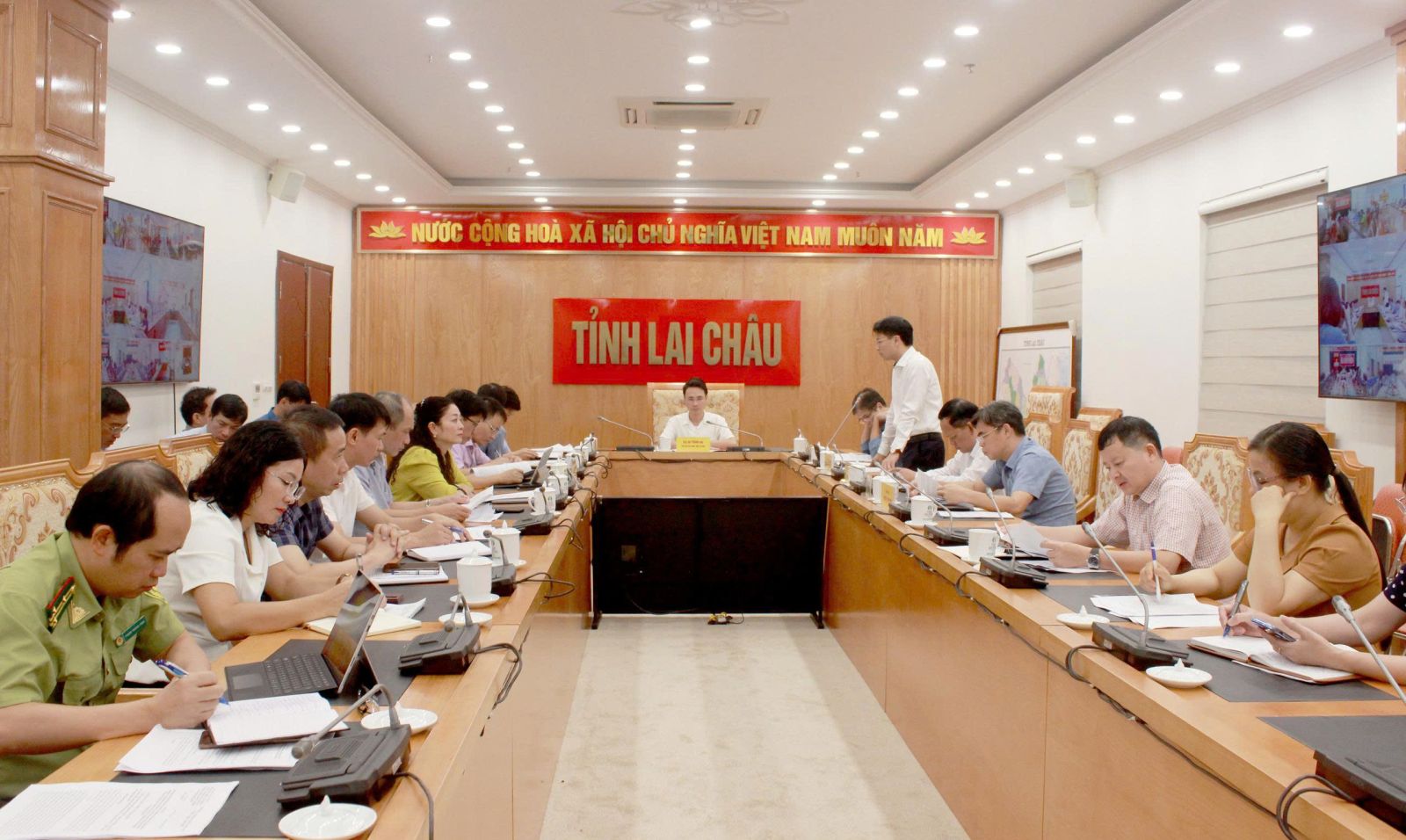
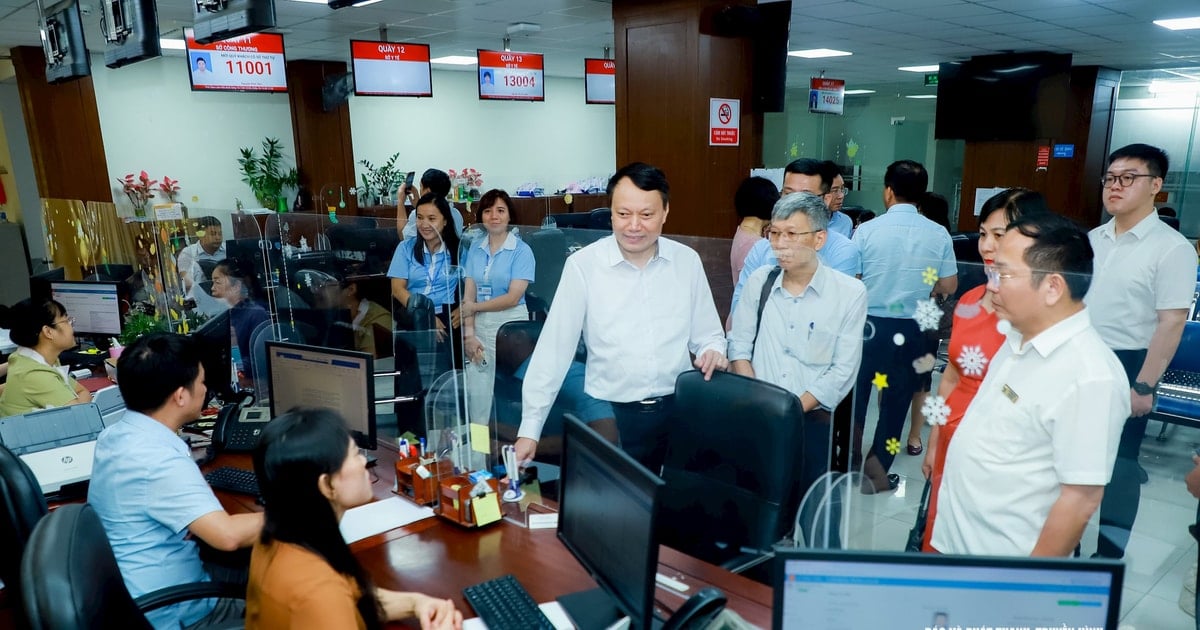



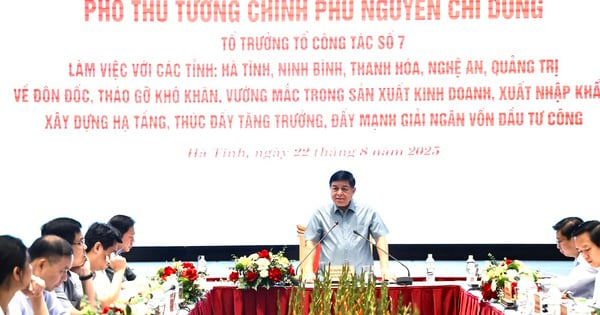
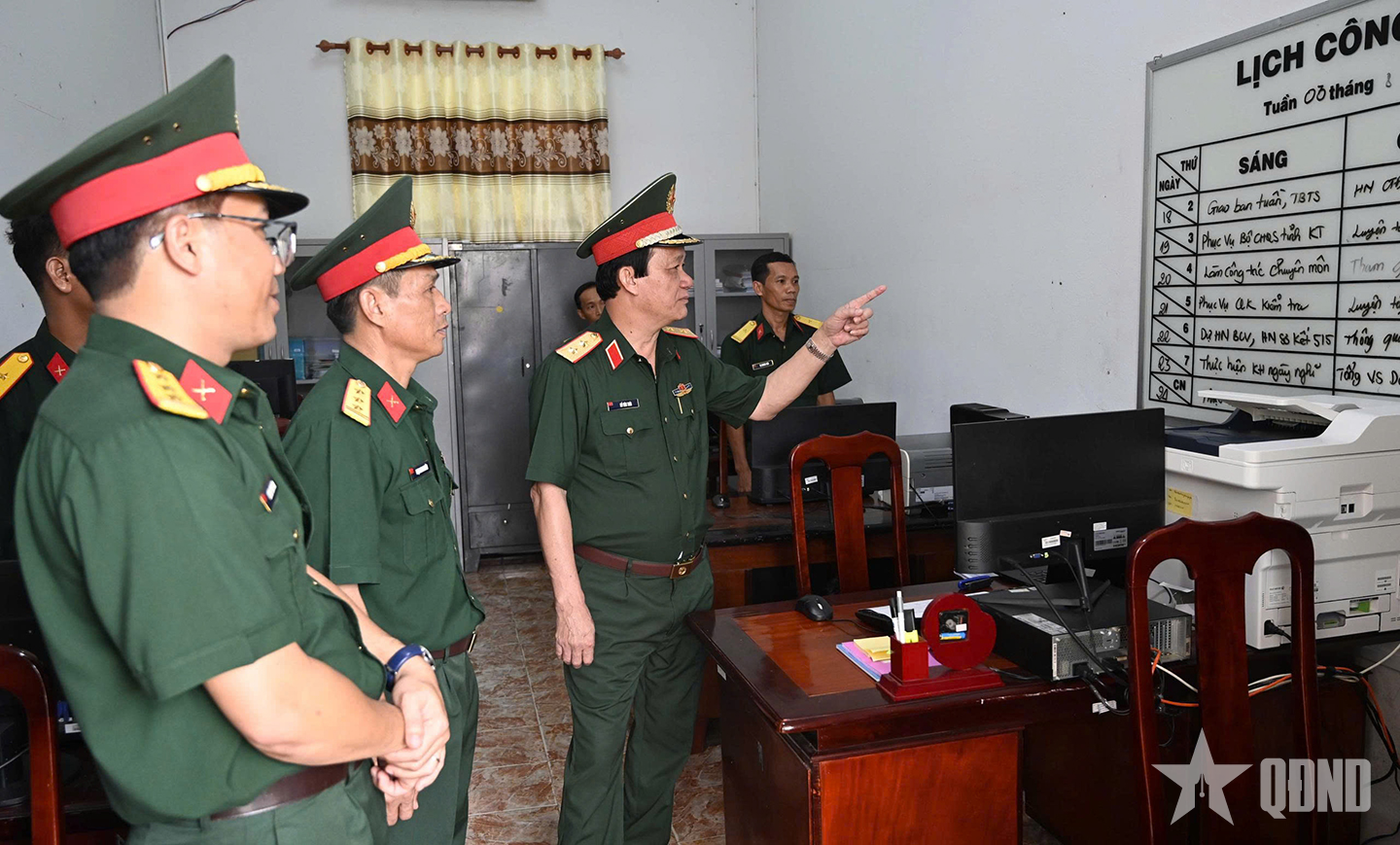













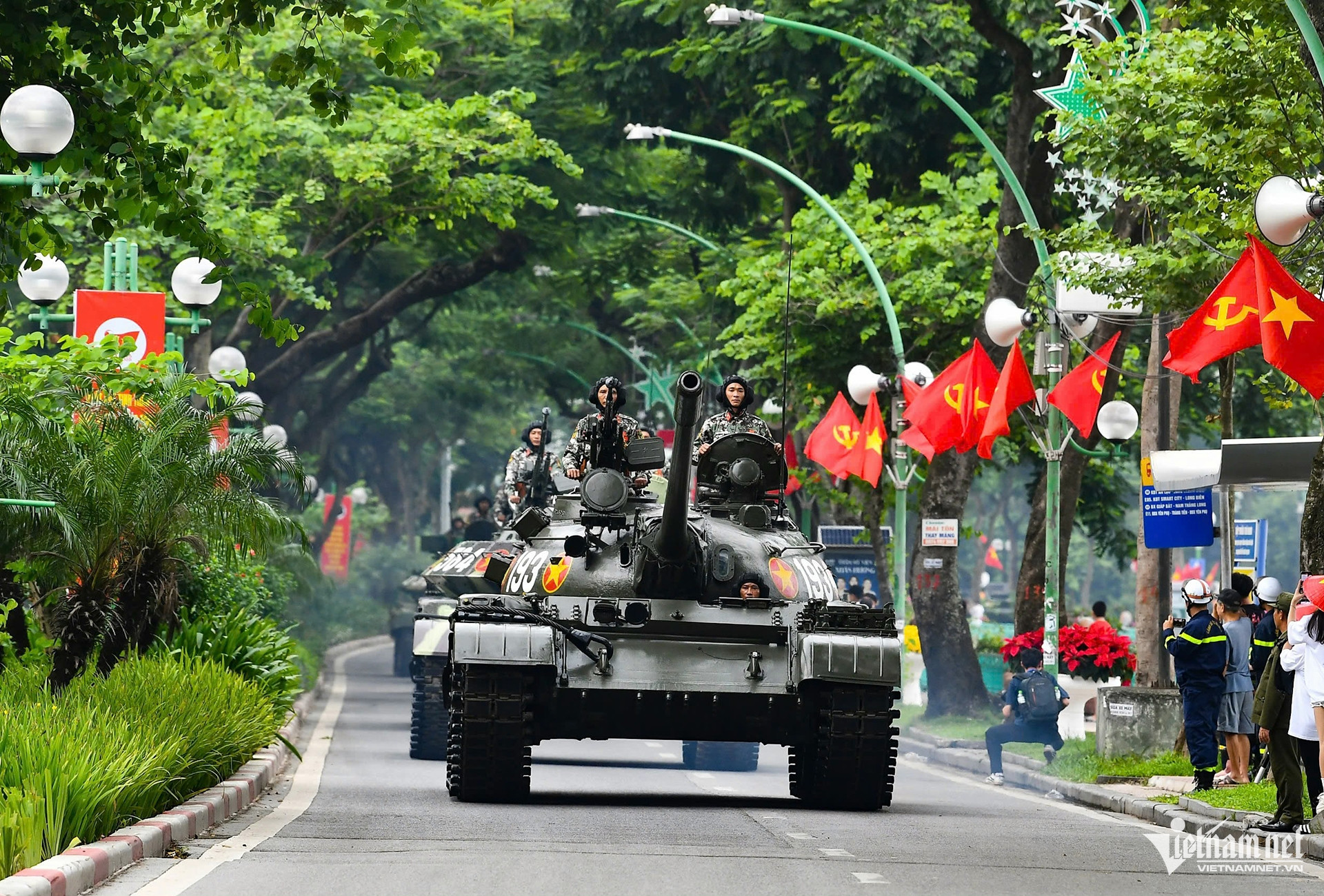
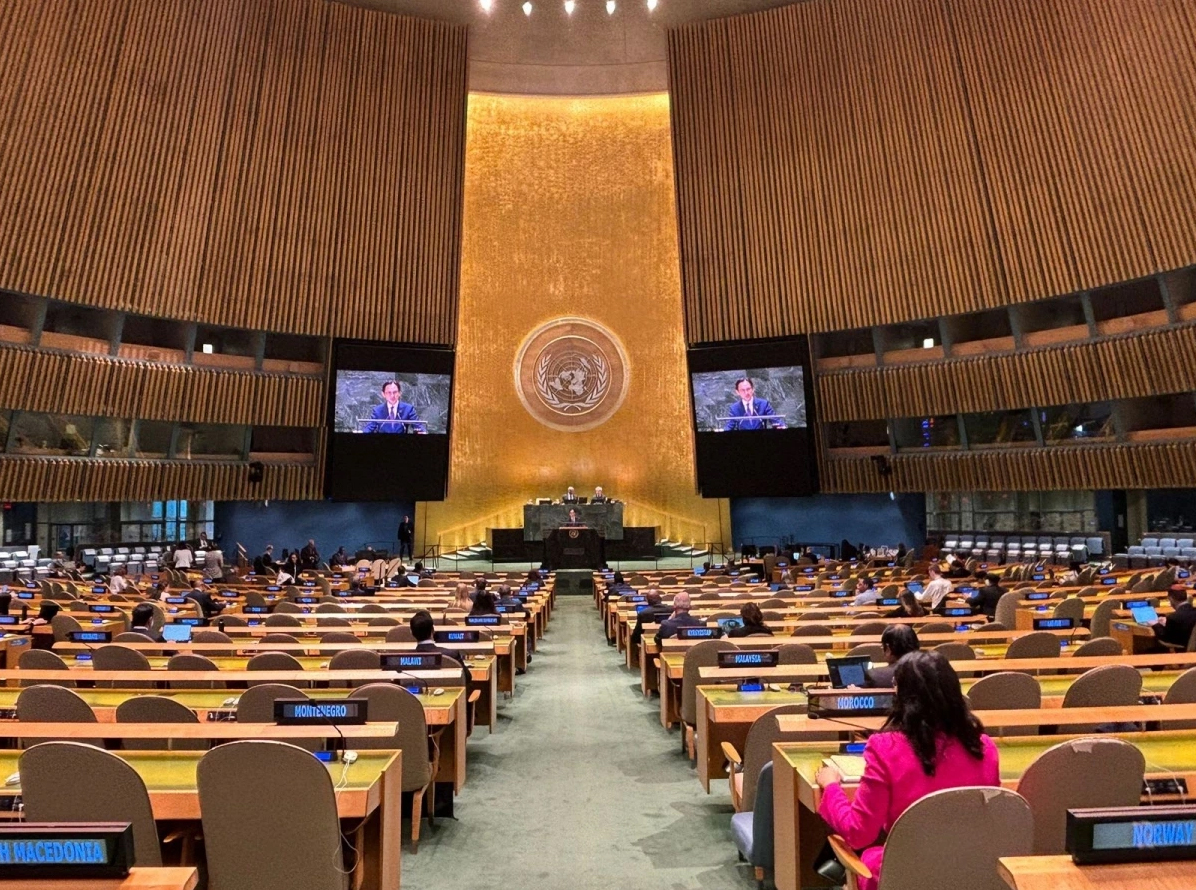




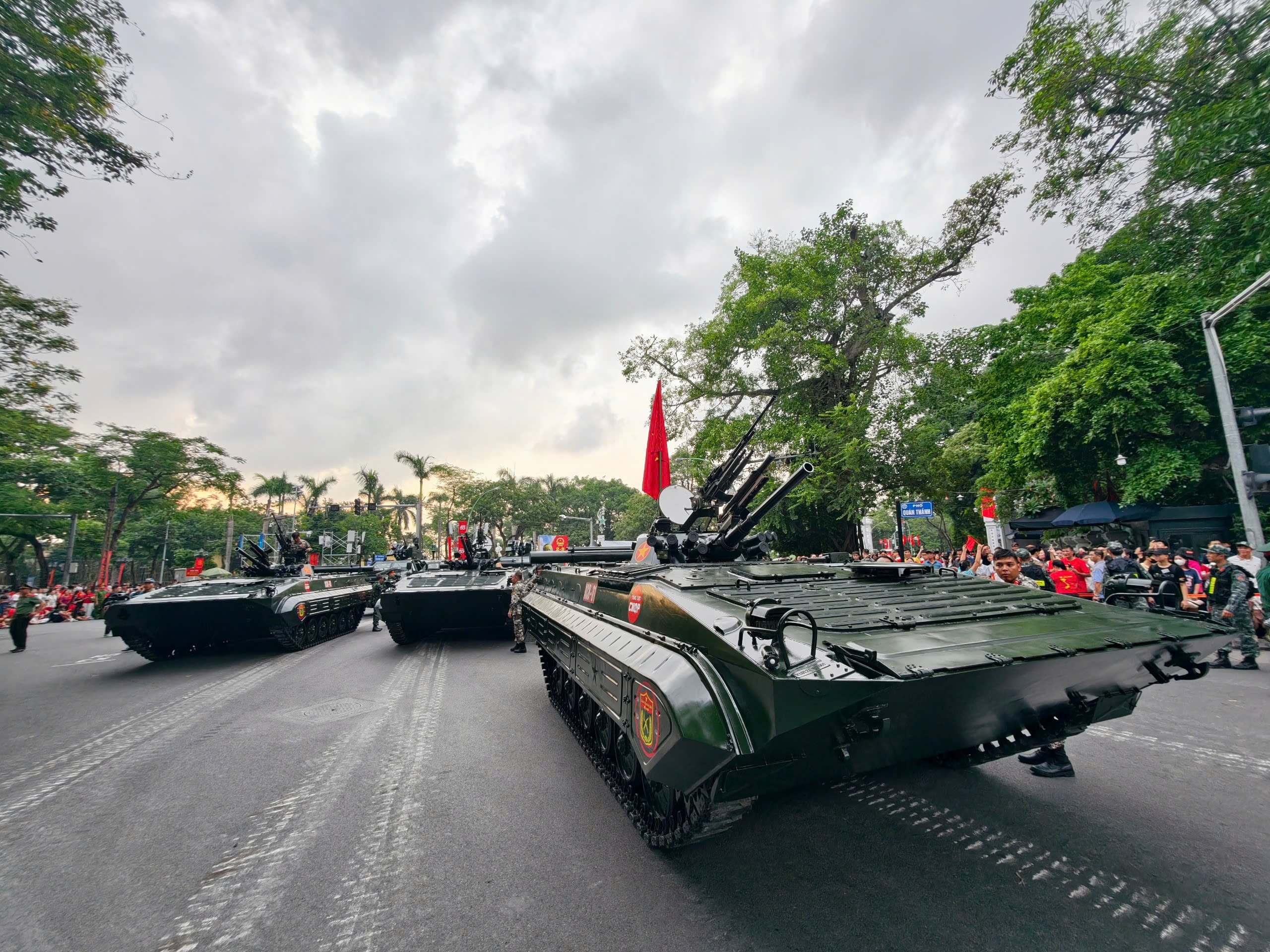







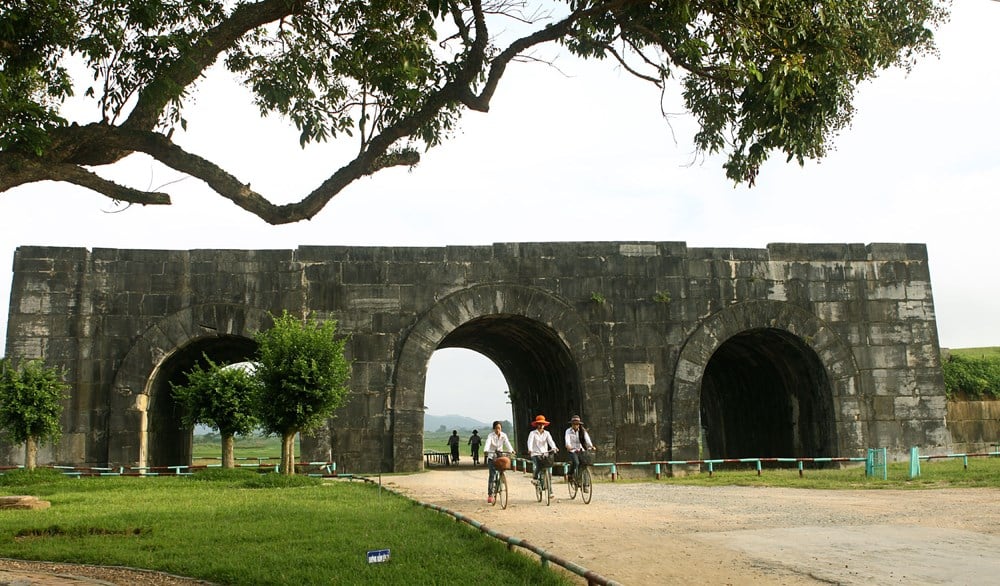











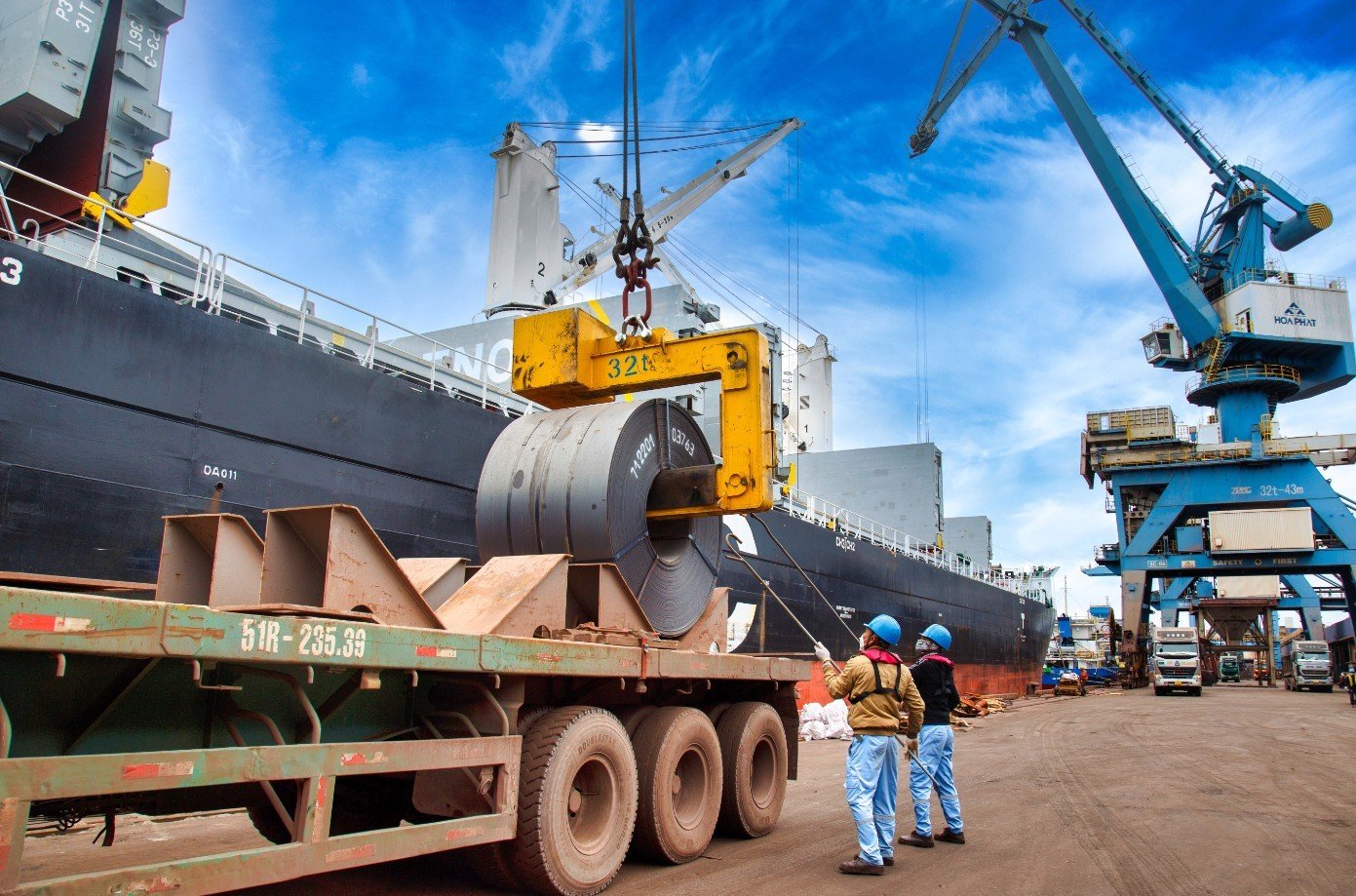









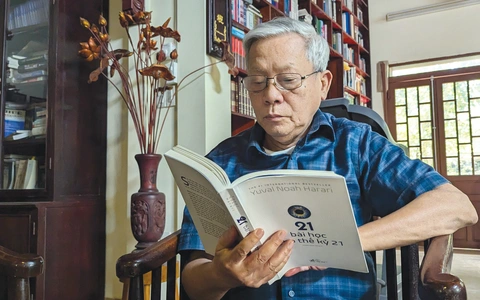
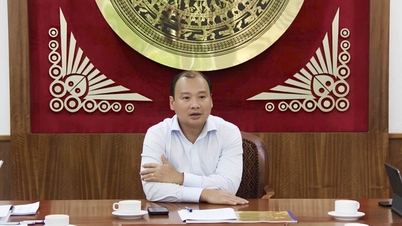
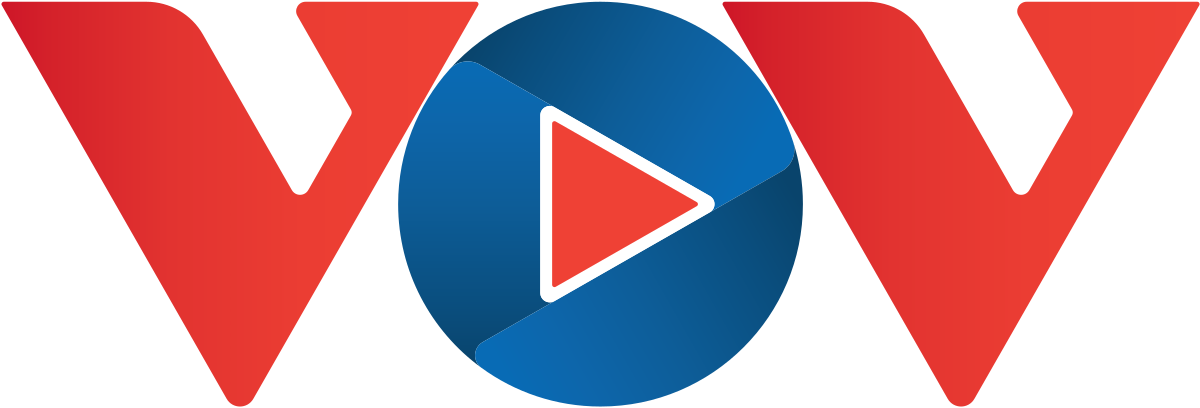
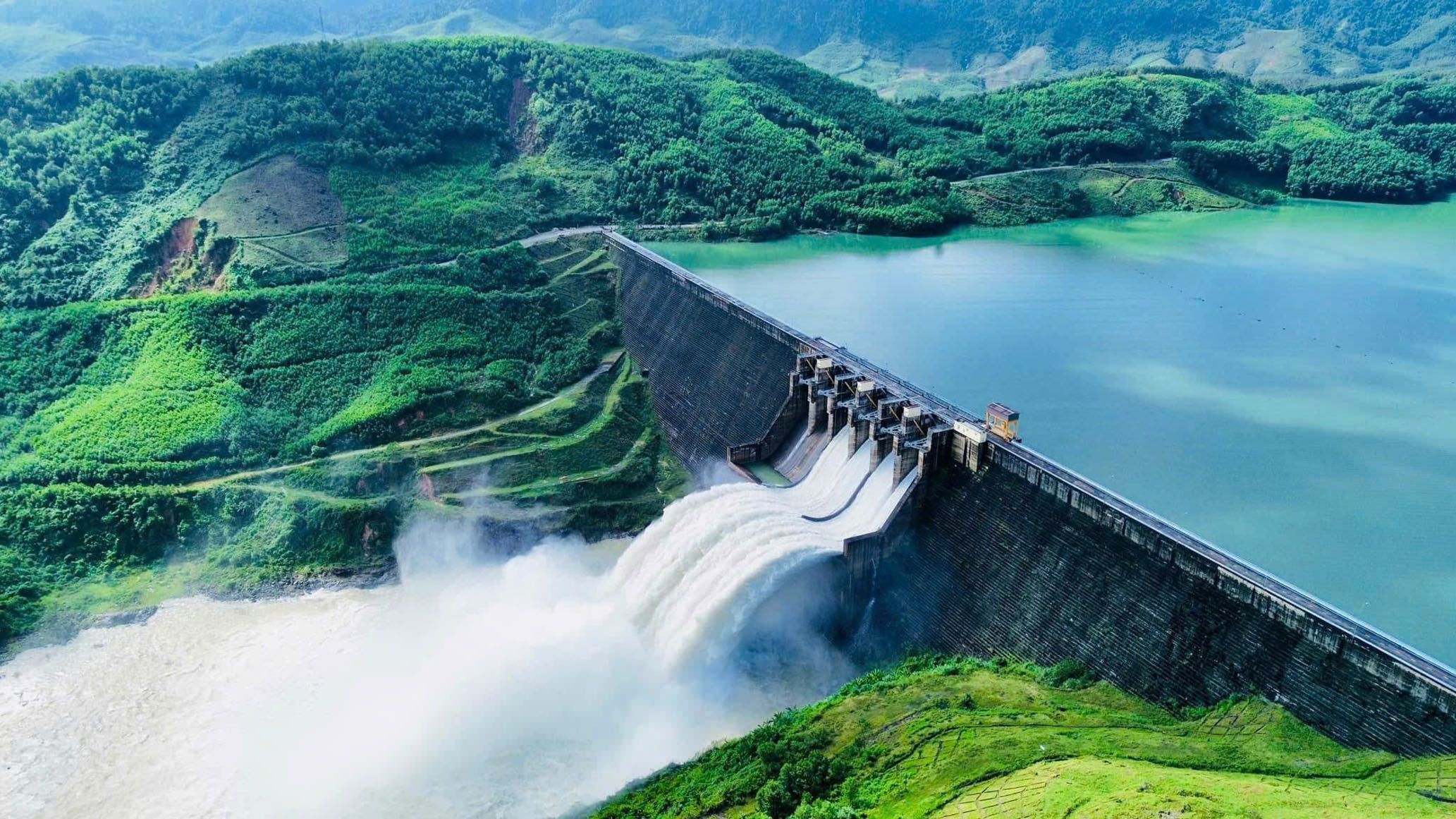

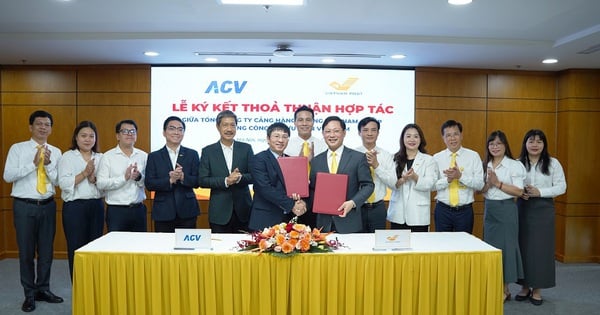




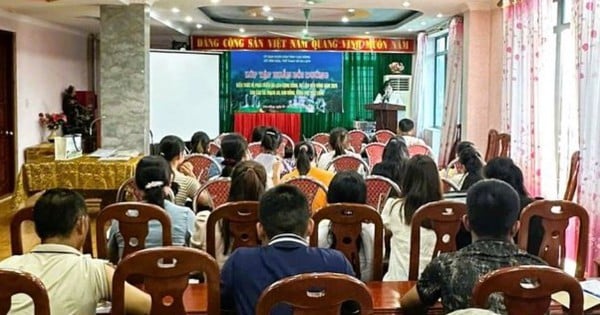
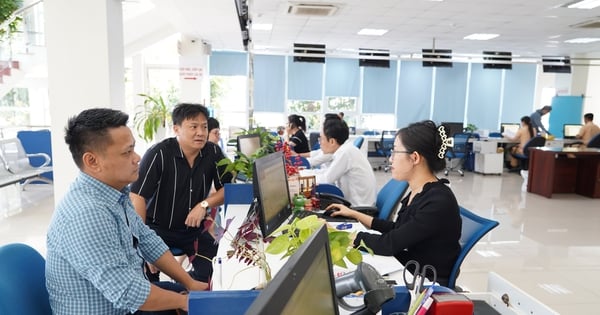
















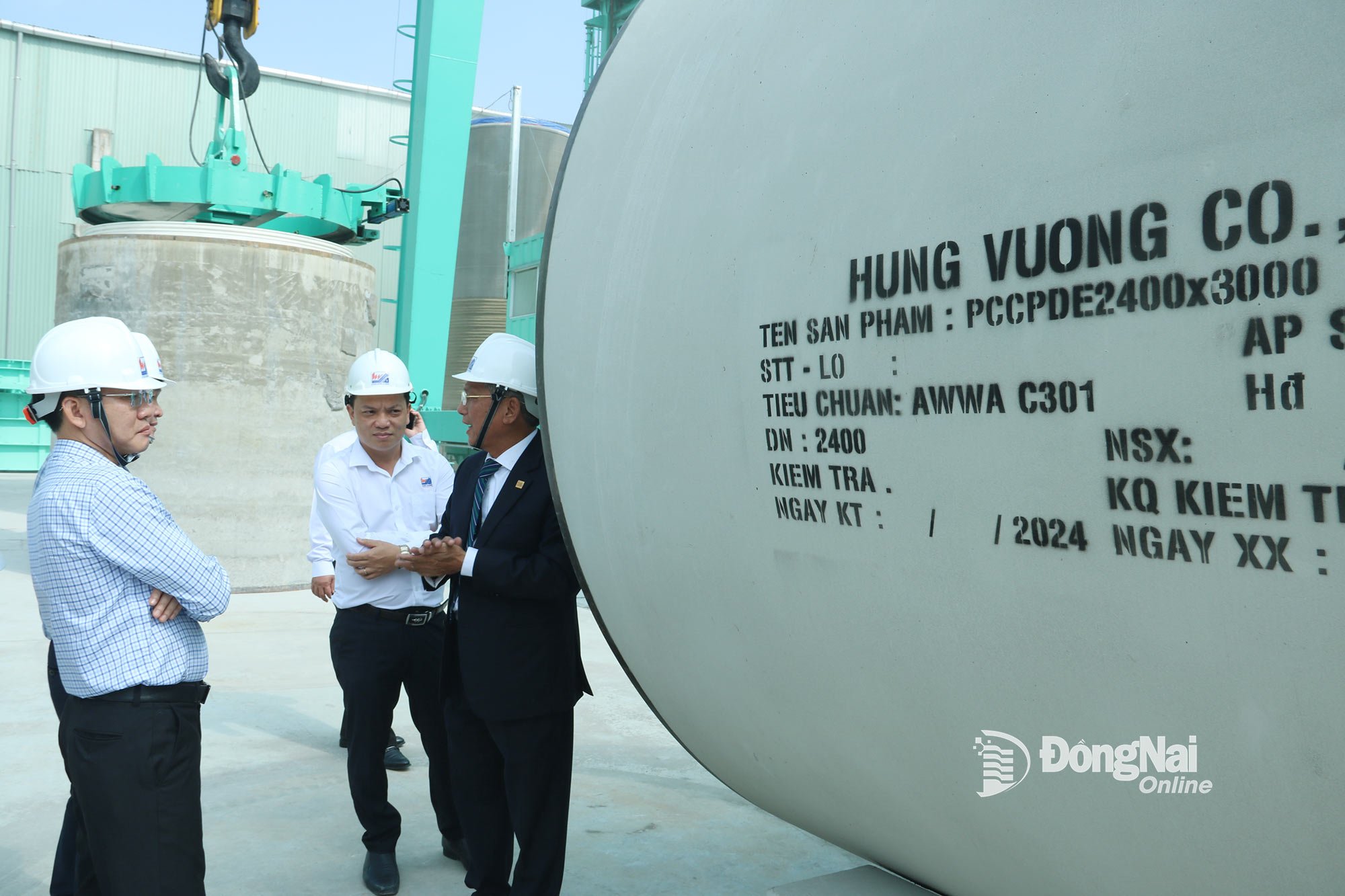






Comment (0)